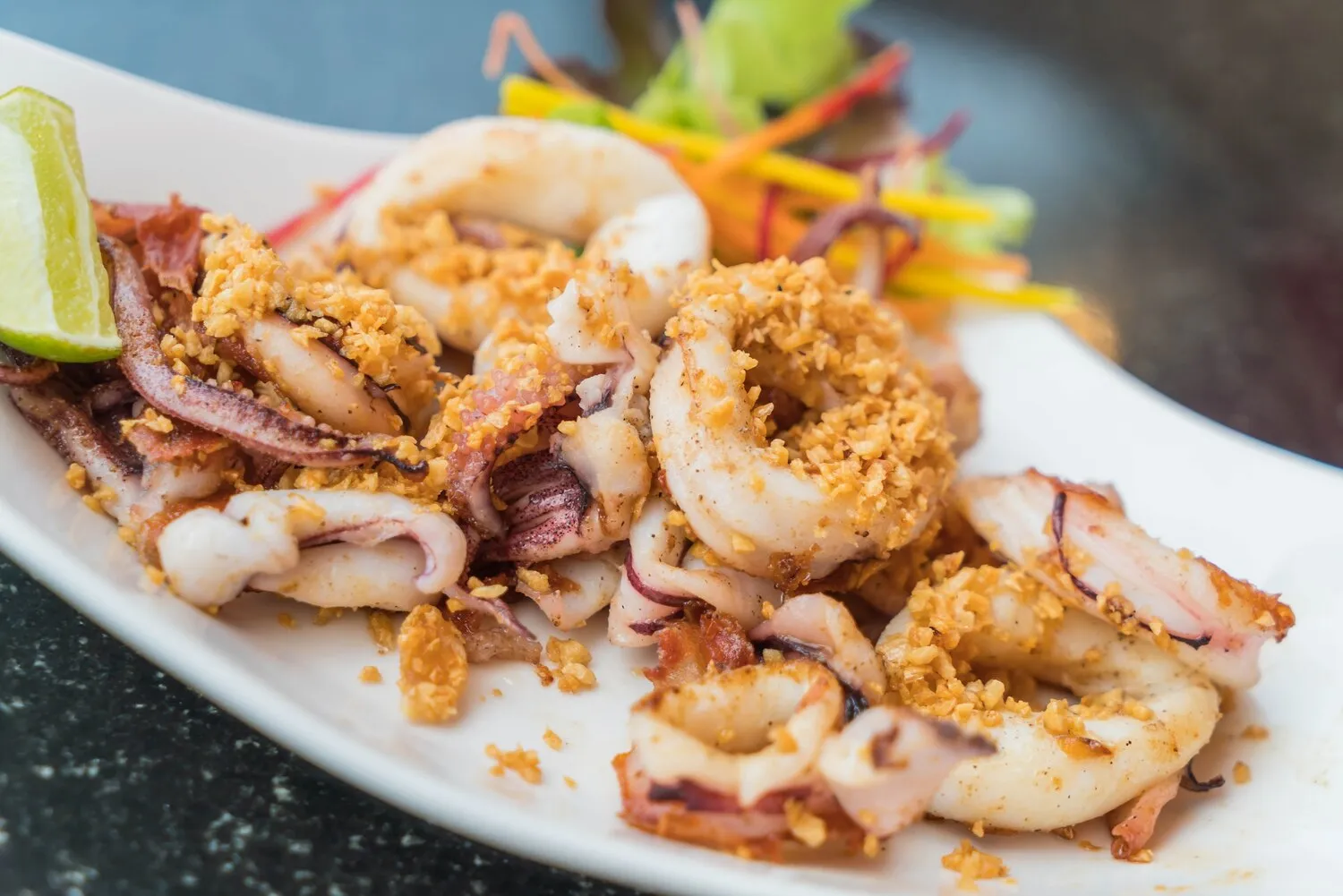
Daube Provençale
Beef stew braised in red wine with vegetables and herbs, a typical Provençal dish.
Nutrition Facts
* The % Daily Value (DV) tells you how much a nutrient in a serving of food contributes to a daily diet. 2,000 calories a day is used for general nutrition advice.
Daube Provençale, like many traditional French stews, has origins in peasant cooking. It was a way to tenderize tougher cuts of meat and use readily available ingredients. The dish likely evolved over centuries, with regional variations developing based on local produce and preferences. Roman influences on Provençal cuisine, including the use of wine and herbs, are also evident.
Daube Provençale is a quintessential dish of Provençal cuisine, representing the region's rustic charm and emphasis on fresh, seasonal ingredients. It is often served as a family meal and is associated with warmth, comfort, and conviviality.
Family Tradition
Daube Provençale is often passed down through generations, with each family having their own unique recipe and variations. It's a dish that brings people together and evokes memories of home and family gatherings.
Regional Variations
While the core ingredients remain consistent, variations exist throughout Provence. Some versions may include mushrooms, while others might prioritize olives or specific herbs. These variations reflect the diverse agricultural landscape of the region.
Celebratory Meal
Daube Provençale is often served during special occasions and holidays, particularly in the autumn and winter months when the hearty flavors are most appealing. It is a dish to be savored and enjoyed with good company.
Daube Provençale is characterized by rich, savory, and herbaceous flavors. The slow braising process infuses the beef with the deep, complex notes of red wine, vegetables, and Provençal herbs.
The primary flavor component is the beef, typically a tougher cut like chuck or shin, which becomes incredibly tender during the long braising time. Red wine, usually a robust Côtes du Rhône or similar regional wine, contributes a fruity acidity and depth of flavor. Aromatic vegetables such as carrots, onions, and celery provide sweetness and earthiness. The distinctive Provençal flavor comes from a bouquet garni of herbs such as thyme, rosemary, bay leaf, and sometimes savory. Orange zest or peel is often added for a subtle citrus note that brightens the dish. Some variations include additions like olives or anchovies for a more intense savory profile.
Marinate the Beef
Marinating the beef in red wine overnight (or even for 24 hours) allows the flavors to penetrate deeply, resulting in a more flavorful and tender stew.
Sear the Beef Properly
Searing the beef before braising is crucial for developing a rich, browned crust that adds depth and complexity to the flavor. Don't overcrowd the pan – sear the beef in batches to ensure proper browning.
Low and Slow
The key to a perfect Daube Provençale is slow braising at a low temperature. This allows the beef to become incredibly tender and the flavors to meld together beautifully. A Dutch oven or similar heavy-bottomed pot is ideal for braising.
Deglaze the Pan
After searing the beef, deglaze the pan with a splash of red wine or beef broth to loosen any browned bits from the bottom. These bits, known as fond, are packed with flavor and will enhance the richness of the sauce.
Consider Resting time
Like many stews, Daube Provençale often tastes even better the next day. Allowing the flavors to meld together overnight enhances the overall taste.
Explore additional Classic French Bistro dishes and restaurants
Explore Classic French BistroDiscover top dining spots and culinary experiences in Marseille.
Explore MarseilleLearn more about the food culture, restaurant scene, and culinary heritage of France.
Explore France